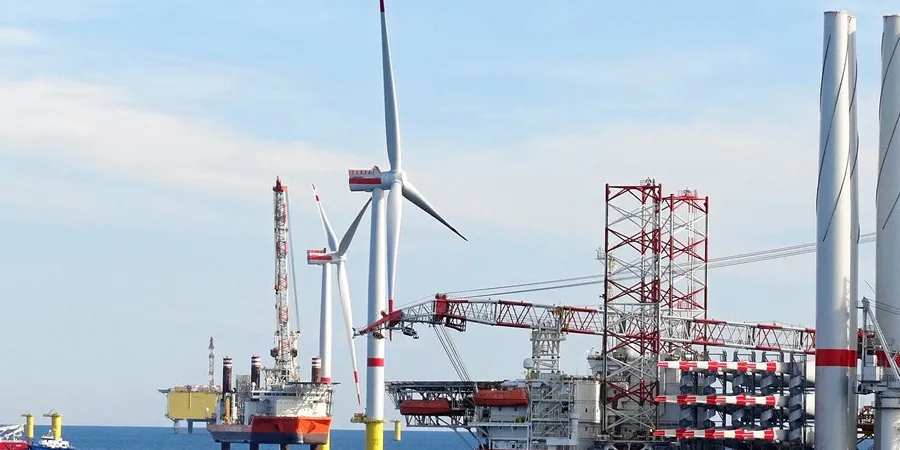Irish offshore wind power flagship Codling raises sails as DNV comes onboard
Engagement of international certification body next key step in 1.5GW EDF-Fred Olsen megaproject's progress toward start-up in 2027-28

Developers of Ireland’s flagship offshore wind farm, the 1.5GW Codling, are moving up the gears, following engagement of consultancy DNV for certification of the mega-project.
The €3bn ($3.5bn) development, being built by a consortium of EDF and Fred Olsen Renewables, is expected to supply up to 70% of all Irish households with clean power once online in 2027-28, while making a “significant contribution” to the country meeting its ambitions to double the percentage of renewables in its energy nix from 35% in 2020 to 70% in 2030.
“The development of the [Codling] project is a significant endeavour, supported by many parties. DNV’s global experience and expertise will help us navigate our path to certification with confidence,” said Codling engineering manager Rob Sheldon.
“Codling will be developed to the highest standards, and we look forward to delivering a project of which Ireland can be justifiably proud, bringing locally produced renewable electricity to up to 1.2 million Irish homes.”
Kim Sandgaard-Mørk, DNV’s executive vice president for renewables certification, said: “Excellent wind speeds in the Irish Sea and favourable foreshore conditions provide an ideal environment for generating electricity from offshore wind. Using this resource with safe and reliable offshore wind projects can make Ireland a global leader in renewable electricity generation.”
Fabio Pollicino, DNV’s director for project certification, added: “The offshore wind industry in Ireland is set to see significant growth in the coming years bringing opportunities and challenges. Project certification offers a proven, structured and trusted way to minimise and manage the risks of rolling out a technology in an emerging offshore wind market.”
Codling Bank was one of seven projects prioritised by the Irish government in May of last year.
The Irish government’s 2030 target for fixed-foundation projects – a crucial part of national climate and energy plans that include a 70%-green power system – is the first step in a wider goal for wind at sea that also includes 30GW of floating turbines.
(Copyright)